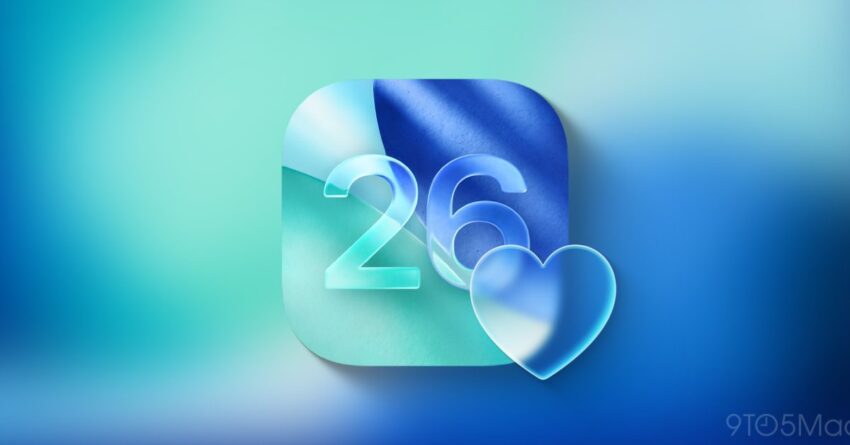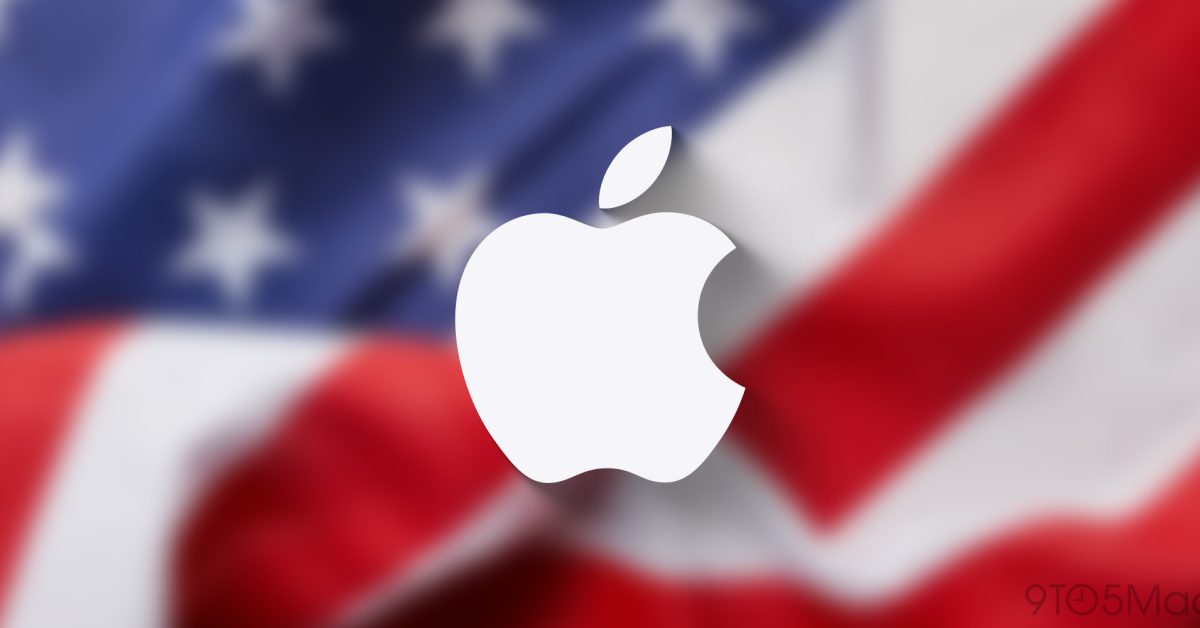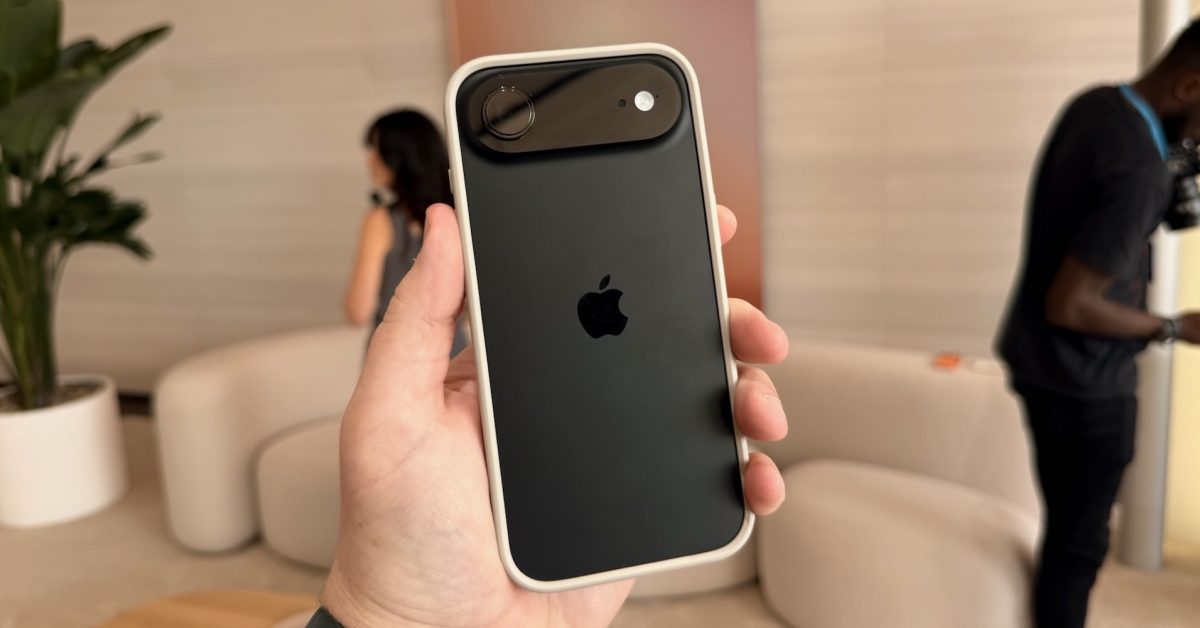
apple spotlights third-party apps adopting liquid glass Apple has introduced a new visual gallery on its Developer website, showcasing how third-party developers are integrating the innovative Liquid Glass design language introduced in iOS 26.
apple spotlights third-party apps adopting liquid glass
Introduction to Liquid Glass
In September, Apple unveiled iOS 26, featuring a fresh aesthetic known as Liquid Glass. This design language emphasizes fluidity and transparency, aiming to create a more immersive user experience. The introduction of Liquid Glass marks a significant evolution in Apple’s design philosophy, moving away from traditional flat interfaces to a more dynamic and visually engaging environment.
Liquid Glass is characterized by its smooth, reflective surfaces and a sense of depth that enhances the overall look and feel of the operating system. This design approach not only elevates the visual appeal of apps but also aims to improve usability by making interfaces more intuitive and easier to navigate.
Third-Party Developer Engagement
Since the launch of iOS 26, third-party developers have been eager to adopt the Liquid Glass design language in their applications. The transition to this new design paradigm is not merely a cosmetic change; it represents a broader shift in how apps can interact with users. Developers are now tasked with reimagining their applications to align with the principles of Liquid Glass, which can enhance user engagement and satisfaction.
Apple’s New Developer Gallery
To support developers in this transition, Apple has launched a new page on its Developer website that serves as a visual gallery. This gallery showcases a variety of applications that have successfully incorporated the Liquid Glass design language. By highlighting these apps, Apple aims to inspire other developers to embrace this new aesthetic and to provide a platform for sharing best practices.
The gallery features a diverse array of applications, ranging from productivity tools to entertainment platforms. Each entry in the gallery includes screenshots and descriptions that illustrate how the Liquid Glass design has been implemented. This initiative not only promotes creativity among developers but also helps users discover new apps that enhance their iOS experience.
Implications for User Experience
The adoption of Liquid Glass by third-party developers has significant implications for user experience. As more apps embrace this design language, users can expect a more cohesive and visually appealing ecosystem. The fluidity and transparency inherent in Liquid Glass can create a more engaging interaction, making it easier for users to navigate between different applications.
Enhanced Visual Appeal
One of the most immediate benefits of Liquid Glass is its enhanced visual appeal. The design language allows for more vibrant colors and smoother transitions, which can make apps feel more alive. This aesthetic shift is particularly important in a crowded app marketplace, where first impressions can significantly influence user retention and engagement.
Improved Usability
Beyond aesthetics, Liquid Glass also aims to improve usability. The design language encourages developers to create interfaces that are not only beautiful but also functional. By focusing on fluidity and transparency, developers can design apps that guide users intuitively through their features, reducing the learning curve associated with new applications.
Examples of Liquid Glass Adoption
The new gallery on Apple’s Developer website features a variety of applications that have successfully integrated Liquid Glass. Here are some notable examples:
- Productivity Apps: Several productivity applications have adopted Liquid Glass to create a more streamlined user experience. By using transparent elements, these apps can present information in a way that feels less cluttered and more organized.
- Gaming Applications: Game developers have also embraced Liquid Glass, using its reflective surfaces to enhance the visual effects within their games. This can create a more immersive environment for players, making the gaming experience more engaging.
- Social Media Platforms: Social media apps are leveraging Liquid Glass to create visually stunning feeds that draw users in. The design language allows for dynamic content presentation, making it easier for users to interact with posts and updates.
Challenges in Implementation
While the adoption of Liquid Glass offers numerous benefits, it also presents challenges for developers. Transitioning to a new design language requires time, resources, and a willingness to experiment. Developers must consider how to maintain brand identity while embracing the new aesthetic, which can be a delicate balance.
Technical Considerations
From a technical standpoint, implementing Liquid Glass may require updates to existing codebases. Developers need to ensure that their applications not only look good but also perform well across various devices. This may involve optimizing graphics and ensuring that the app remains responsive and efficient.
User Feedback and Iteration
Another challenge is gathering user feedback on the new design. As developers roll out updates incorporating Liquid Glass, they must be prepared to iterate based on user responses. Understanding how users interact with the new design will be crucial for making necessary adjustments and improvements.
Stakeholder Reactions
The introduction of Liquid Glass has garnered attention from various stakeholders, including developers, users, and industry analysts. Reactions have been largely positive, with many praising Apple’s commitment to innovation and design.
Developer Community
Within the developer community, there is excitement about the possibilities that Liquid Glass presents. Many developers view this as an opportunity to enhance their applications and stand out in a competitive market. The visual gallery on Apple’s Developer website has also been well-received, as it provides a platform for showcasing creativity and innovation.
User Reception
Users have expressed enthusiasm for the new design language, particularly its aesthetic appeal. Early adopters of iOS 26 have noted the refreshing look and feel of applications that have integrated Liquid Glass. However, some users have also raised concerns about the potential for increased battery consumption due to the more complex graphics.
Industry Analysts
Industry analysts have commented on the strategic implications of Liquid Glass for Apple’s ecosystem. By encouraging third-party developers to adopt this design language, Apple is strengthening its platform and enhancing user loyalty. Analysts believe that a cohesive design language can lead to increased user engagement and retention, ultimately benefiting both Apple and its developers.
Future Prospects
As more developers adopt Liquid Glass, the future of iOS applications looks promising. The potential for innovation and creativity is vast, with opportunities for new features and functionalities that leverage the design language’s strengths. Apple’s commitment to supporting developers through resources like the visual gallery will likely foster a thriving ecosystem of applications that enhance the user experience.
Continued Evolution of Design
The introduction of Liquid Glass is part of a broader trend in the tech industry towards more dynamic and engaging user interfaces. As technology continues to evolve, design languages like Liquid Glass will play a crucial role in shaping how users interact with their devices. Developers will need to stay ahead of trends and adapt to changing user preferences to remain competitive.
Conclusion
Apple’s launch of the Liquid Glass design language in iOS 26 represents a significant step forward in mobile application design. The new visual gallery on the Apple Developer website highlights the exciting ways that third-party developers are embracing this innovative aesthetic. As the ecosystem evolves, users can look forward to a more cohesive and visually engaging experience across their favorite applications.
Source: Original report
Was this helpful?
Last Modified: November 7, 2025 at 12:39 pm
1 views















